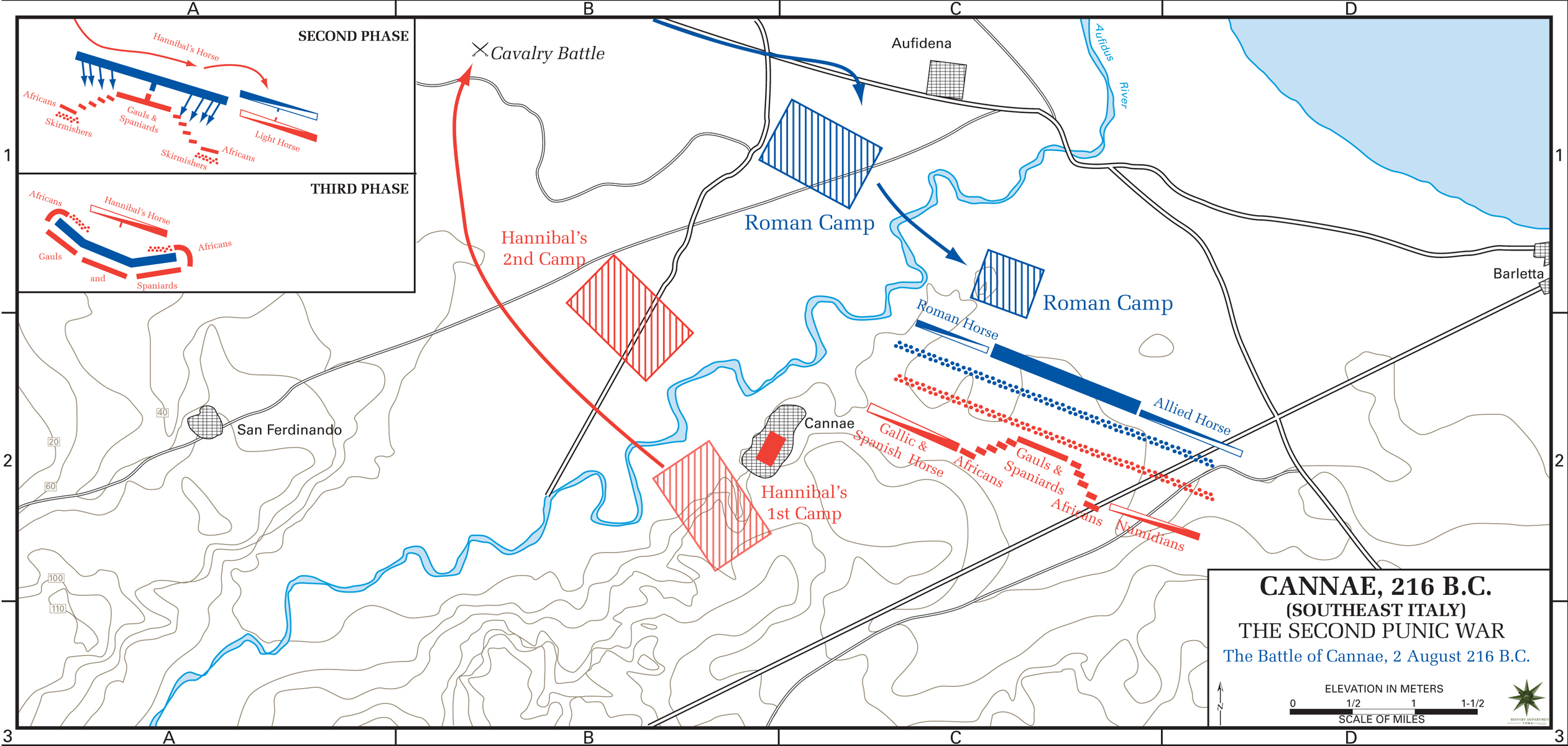1. Combat is a rock-paper-scissors deal; cavalry kill ranged units, ranged units kill infantry, infantry kill cavalry. That's the gist of it, but because of the scale, enough of any one thing will usually kill a smaller number of the other.
2. Morale is tremendously important. Certain scenarios, such as being attacked in the flank or seeing the general die, will trigger what's basically a morale check. If the unit's morale is already low, those triggers can cause them to rout and - in later TW games - "shatter", which is a type of rout which can't be recovered from; a shattered unit is basically out of the game. A unit that routs normally will recover if they get away from the enemy and are given some time; you can keep an enemy unit routing by pursuing them with cavalry.
3. Flanking is tremendously important. For infantry units, their defence statistics and resistance to being charged depend a lot on whether they're stationary and what angle they're being attacked from. Exactly how this works will be different from game to game in the franchise; in TW:W, units with shields could avoid up to 50% of frontal ranged attacks, but this would be ignored entirely if shot from behind.
4. If you think a ranged unit might come under attack, turn on skirmish mode.
5. As a combination of the above, formation tactics is the way the game is played. How and where you place your units will shape how the battle unfolds. In general: cavalry usually go on the flanks a little way away from the main force, unless you want to keep your opponent guessing or use them as reinforcements, in which case you put them in the centre behind the main line. Ranged units need line of sight to the enemy (not such a big deal with archers in Medieval, but a huge deal with musketeers from Empire onwards), but also need to be kept safe from cavalry, so they need infantry between them and the cavalry; not to mention infantry between them and the infantry. Infantry need their flanks guarded, preferably by other infantry, and they need to be able to encircle and horseshoe their opponents in order to increase the chance they rout. Try to "fold up" the enemy's battle line; put a stronger force on one side of the battle line, such as the right side, so that it will overcome the resistance on that flank and then turn 90-degrees to flank the rest of the army. Locking down a unit with infantry and then using ranged units or cavalry to attack from the flank is a devastating combination.
6. Your economy is tremendously important. The economy is what determines how many units you'll have in a campaign battle and how powerful those units are going to be. All units have an upkeep cost that is subtracted from your income at the start of every turn; keep an eye on a unit's upkeep cost before building it, because it might put you into negative income. Reducing the size of your army during peacetime and building it up again when you really need it is more cost-effective than maintaining a huge standing army 100% of the time, because if your upkeep costs stay really high you won't be able to upgrade your infrastructure, which is what will eventually make you more money. The economic mechanics got dramatically simplified after Empire.
7. Public order is mainly controlled by two things: taxation and enemy raiding. Relieving a tax burden can stop or delay a public order crisis, but the only way to get rid of the raiding penalty is to go out and fight the army raiding you.
8. Total War works on what's called an "unstable equilibrium," which is where winning a victory early on will make future victories easier by providing you with more resources with which to win; in short, the game is hardest at the start and nearly always gets easier towards the end. To solve this problem, CA introduced guys like the Mongols in Medieval or Archaon in TW:W, which are large, powerful horde armies that spawn in the late game to serve as an "end boss."
The best Total War games, in my personal opinion, would be Shogun 2 and Total War: Warhammer. Shogun 2 has probably the most finely tuned, balanced, and engaging battlefield mechanics out of any installment, but the downside is that every army is mostly identical.
TW:W is just plain fucking fun for the opposite reason; there's incredible variety in unit rosters. You might see dwarves with flamethrowers being eaten by an ogre, for example, or a dragon fighting a fleet of helicopter gunships in mid-air.

